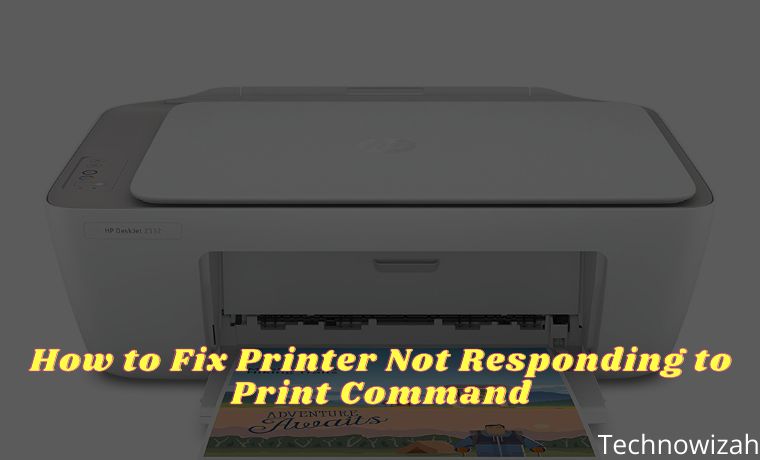5 Ways to Fix You Need Permission To Perform This Action – You must have encountered the “You Need Permission To Perform This Action” error. Why does Windows enforce this limitation?

5 Ways to Fix You Need Permission To Perform This Action
Windows requires permission to perform certain actions on your computer. But that’s your computer. So why do you guys need permission to access certain files and folders?
Read more:
- 7 Ways to Fix Error Code 0x80070005 In Windows PC
- 8 Ways to Fix Stop Code Memory Management in Windows 10 PC
- 7 Ways to fix Unspecified Error 0x80004005 In Windows 10
- 6 Ways to Fix PAGE_FAULT_IN_NONPAGED_AREA in Windows 10
Windows want to protect you from accessing certain files because editing those files can damage the operating system. So, if your Windows user account does not have the correct privileges, you cannot access certain files or folders.
You will get a “You Need Permission To Perform This Action” error message if that happens. That must have pissed you off. But calm down admin has a solution to solve that problem.
#1. Check Windows User Account Type
One of the most common fixes for the “You Need Permission To Perform This Action” error is to check your Windows user account type. There are three main types of Windows user accounts: Administrator, Standard, and Guest.
Your Windows user account type determines the various activities you can access on the Windows operating system:
- Administrator: The Administrator account controls the entire computer, including other Windows user accounts.
- Standard: The Standard Account can use the computer and have access to programs, media, and so on, but usually cannot install new programs or remove existing programs. Standard accounts come with other restrictions (or privileges), depending on the administrator’s decision.
- Guest: Guest accounts are used primarily for outsiders who very rarely need access to a computer. The Guest account will have the fewest access rights.
If you are using a Standard or Guest account, you will need permission for certain files and folders that have access restrictions. In some cases, the permission restriction error screen will include the option to enter the Administrator user account password. If you know the admin, you can ask them to enter their password to remove the restriction, thus fixing the error.
However, this is a temporary fix that does not provide continuous access to the rest of the computer.
How to Check Windows User Account Type
To check which type of Windows user account you are using, go to Control Panel > User Accounts > User Accounts. The user account type will be displayed along with your username.
#2. Take Full Control Over Files Or Folders
The Windows Administrator user account can control files or folders from other user groups on the system. Sometimes file permissions exit or other users change file access permissions, denying your Windows user account access.
Right-click the file or folder that you want to have full control over and select Properties. Select the Security tab, followed by the Advanced option.
When the Advanced Security Settings window opens, select Change and then select Advanced to open the Select User or Group option. Now, select Find Now to open a list of users on your system. Browse to your Windows user account name, then OK.
Return to the Advanced Security Settings window, check the Replace owner on sub containers and objects box, then select Apply.
After taking full control of the file or folder, you will not see permission errors again.
#3. Add Account To Administrators Group
Under certain circumstances, you can add your own account to the Administrators Group on the system. However, this will not work if you are using a Standard Windows user account that is restricted from the Administrator user account.
Follow these steps to add your account as a member to the Administrator account:
- Press Windows Key + X then select Computer Management.
- Go to Local Users and Groups > Users, where you will see a list of user accounts.
- Right-click your username and select Properties, then go to the Member Of tab.
- Press Add, then in the Enter the object names to select box, enter “ Administrator .”
- Select Check Names, then OK.
You will have to restart the PC for these changes to take place.
#4. Boot Into Safe Mode
Sometimes Windows issues might stop you from accessing certain files or folders. To see if this is a bug, you can boot into safe mode, and then try to access the restricted files.
There are several ways to enter Windows safe mode. The easiest way is to press Windows Key + R, enter msconfig, and press Enter. Go to the Boot tab. Under Boot options, select Safe boot.
Now, hit Apply and restart your system.
Once your system boots up, try to access the restricted files. Before rebooting back into Windows, open MSConfig and uncheck the Safe boot option, then hit Apply. If you don’t uncheck this option, Windows will boot again into safe mode.
#5. Run SFC And CHKDSK
Another method to fix the “You Need Permission To Perform This Action” error is to check for corrupted files. Windows System File Check (SFC) is an integrated Windows system tool that you can use to check for errors.
Before running the SFC command, you need to check if it is working properly. To do this, you can use the Deployment Image Servicing and Management tool, or DISM.
Like SFC, DISM is an integrated Windows utility with multiple functions. In this case, the DISM Restorehealth command ensures that your next repair will work properly. Here’s how you can use DISM and SFC:
- Type Command Prompt (Admin) in the Start menu search bar, then right-click and select Run as administrator to open a Command Prompt with admin privileges.
- Type the following command and press Enter: DISM /online /cleanup-image /restorehealth
- Wait for the command to finish. The process can take up to 20 minutes, depending on the health of your system. The process seems to crash at times, but wait for it to finish.
- When the process is complete, type sfc /scannow and press Enter.
CHKDSK is another Windows system tool that checks your file structure. Unlike SFC, CHKDSK scans your entire drive for errors, whereas SFC scans your Windows system files specifically. Like SFC, run a CHKDSK scan from the Command Prompt to repair your machine.
- Type the command prompt in the Start menu search bar, then right-click the most suitable one and select Run as administrator. (Alternatively, press the Windows key + X, then select Command Prompt (Admin) from the menu.)
- Next, type chkdsk /r and press Enter. The command will scan your system for errors and fix any issues.
After SFC and CHKDSK are done, repair the corrupted files, and restart your system. Then, try accessing restricted files.
Read more:
- 8 Ways to Fix Steam Can’t Open on Windows 10 PC
- 6 Ways to Fix Destination Folder Access Denied Windows 10 PC
- 6 Ways to Fix Error Code 0xc0000e in Windows 10 PC
Conclusion:
These on 5 ways to solve the You Need Permission To Perform This Action error in Windows, an Administrator account is very important in Windows if you want to change your system settings. If you don’t have an Administrator account, you’ll need to contact your system admin for help or at the very least, their password.
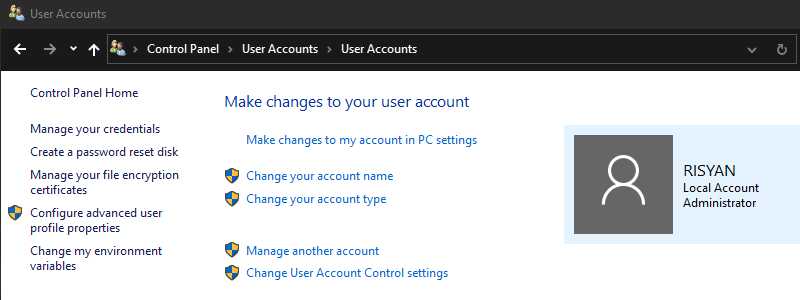
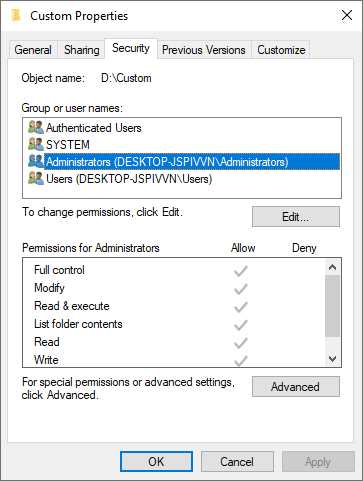
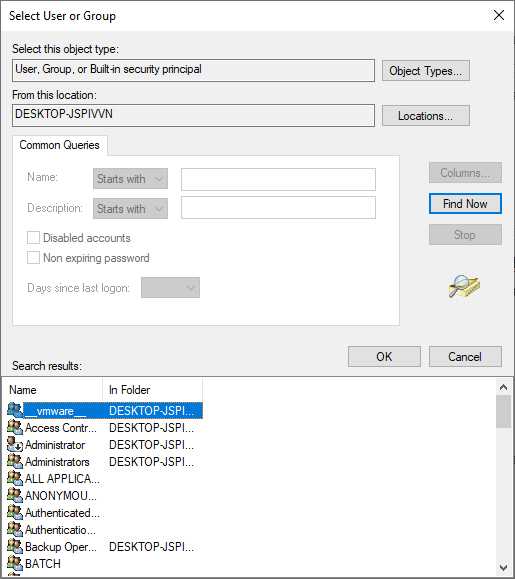
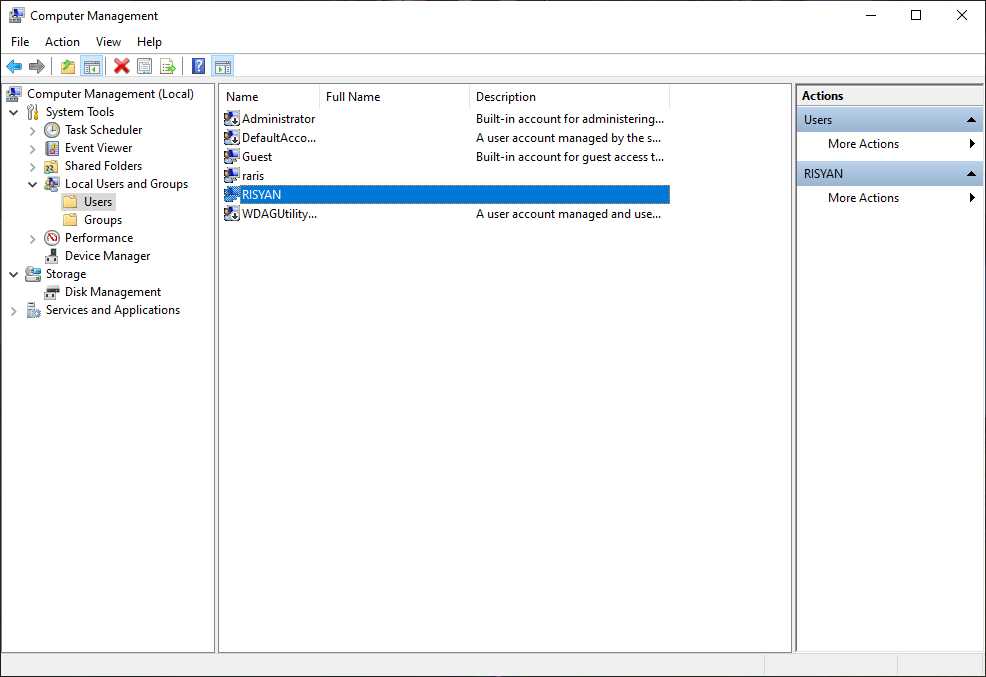
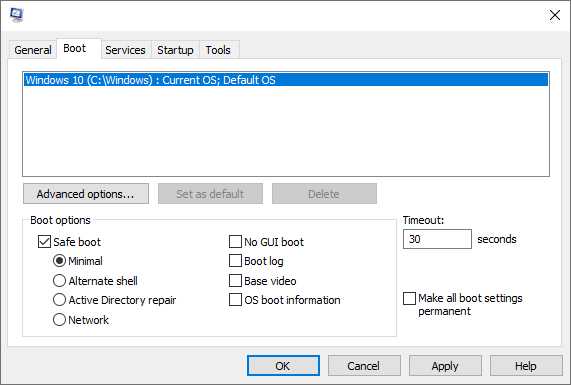
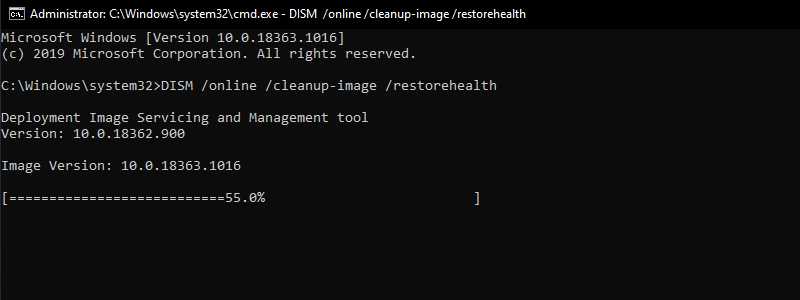
![8 Ways to Fix The Hosted Network Couldn’t Be Started in Windows 10 [2026] 8 Ways to Fix The Hosted Network Couldn't Be Started in Windows 10](https://technowizah.com/wp-content/uploads/2021/07/8-Ways-to-Fix-The-Hosted-Network-Couldnt-Be-Started-in-Windows-10.jpg)
